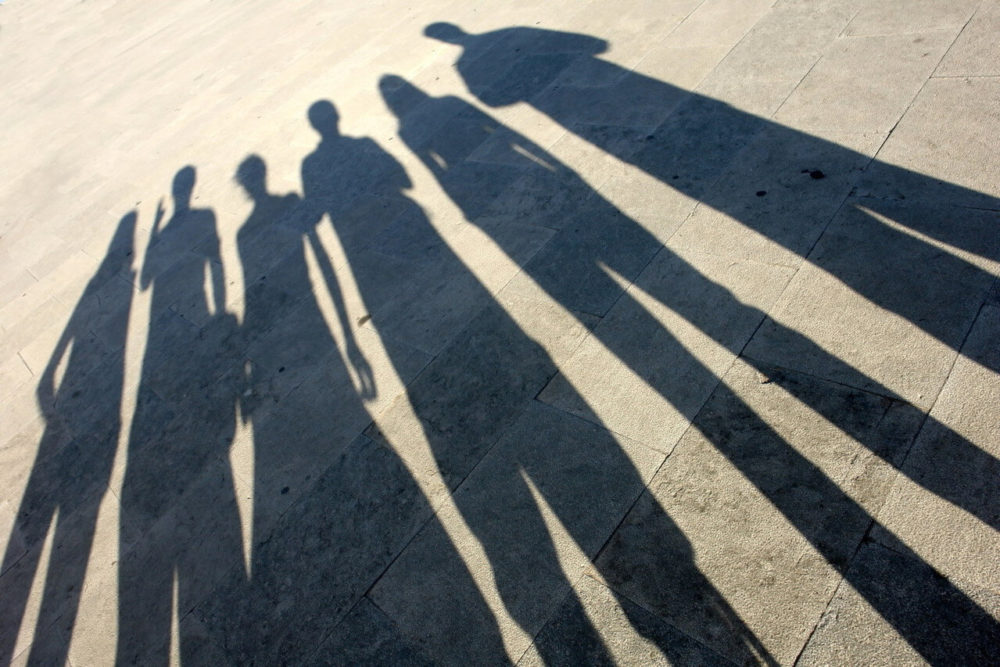One concept we learned about recently was social loafing. This phenomenon regards how individuals will put in less effort towards a goal when they are in a group, versus when they are tested individually. For example, in a study where participants were asked to pull on a rope, they put in less effort when they thought they were on a team, compared to when they thought they were doing it alone.
I think social loafing occurs quite a lot in the every day world. I have found that almost every single time I have been part of a group project, most people have tended to slack off, as they believed other people would carry the extra weight. In particular, in one of my classes last semester, I was in a group of five, working on a presentation for a history class. Because there were five of us, not everyone put in a fair amount of work, and some people simply stood idly by while others hurried to finish everything. When one knows they are not alone in working on a task, it makes sense that they would naturally put in less effort than usual. Sometimes it works out, as when one is in a group and people pool their talents. However, sometimes it results in people taking advantage of the fact that there are others to shoulder the burden.
